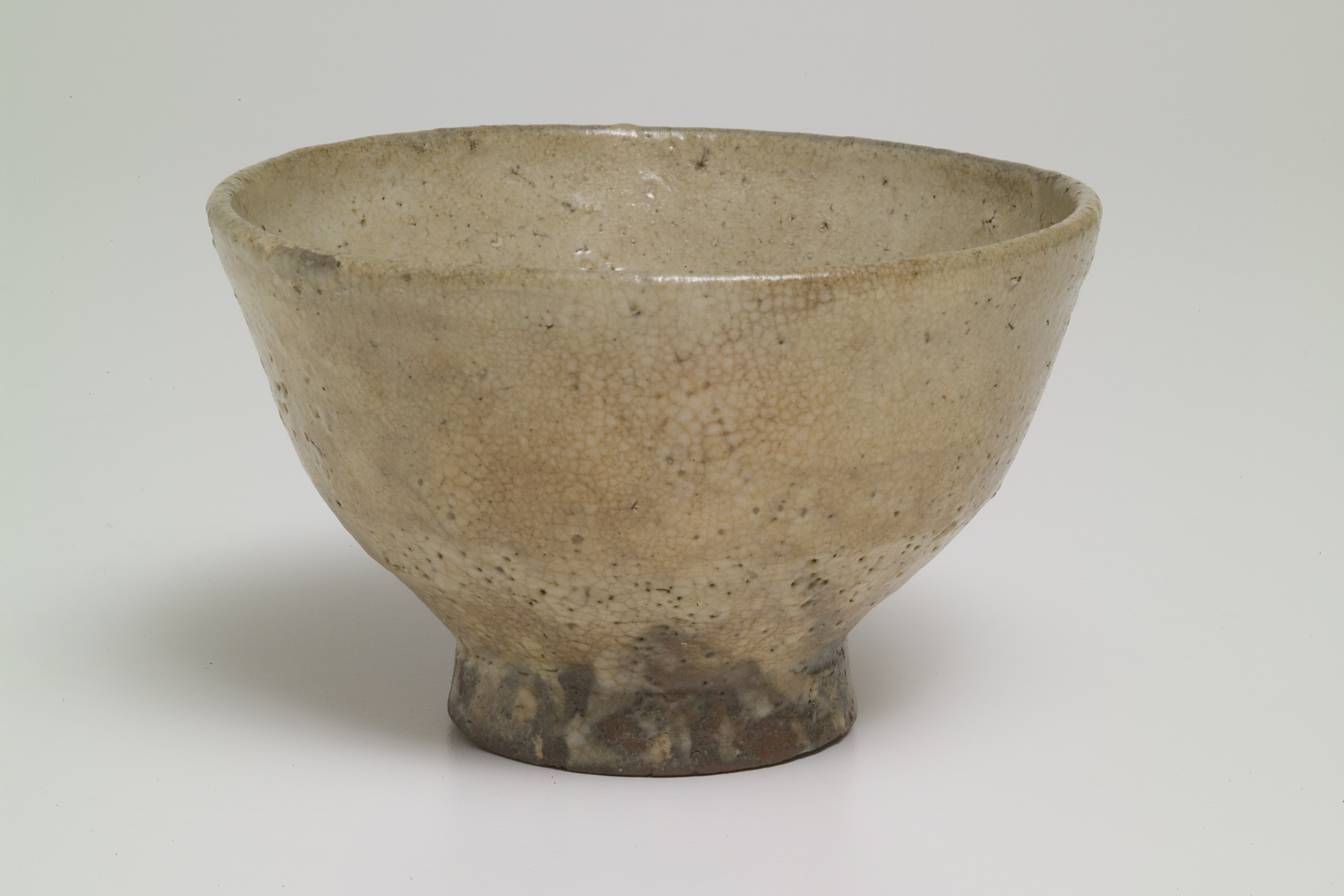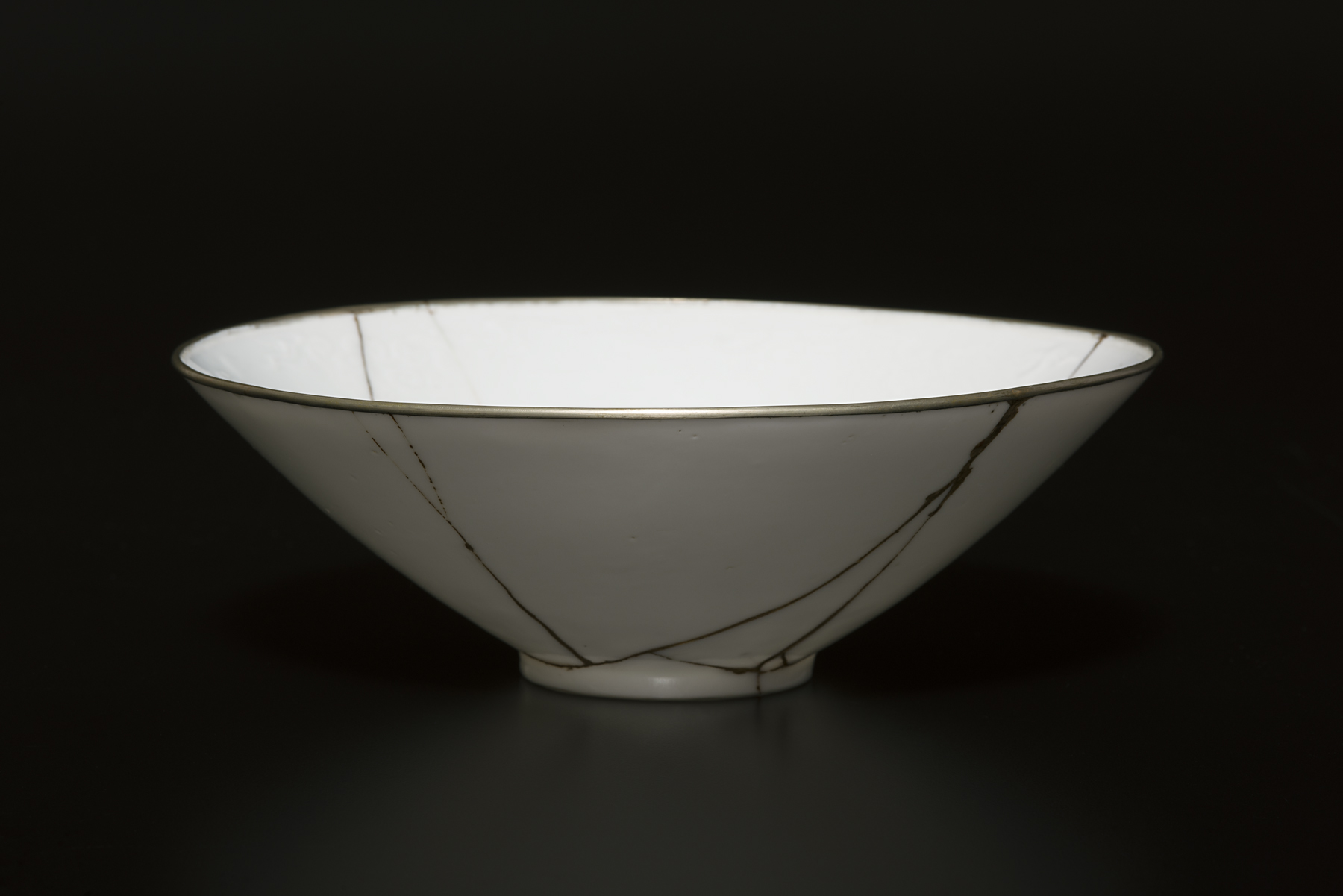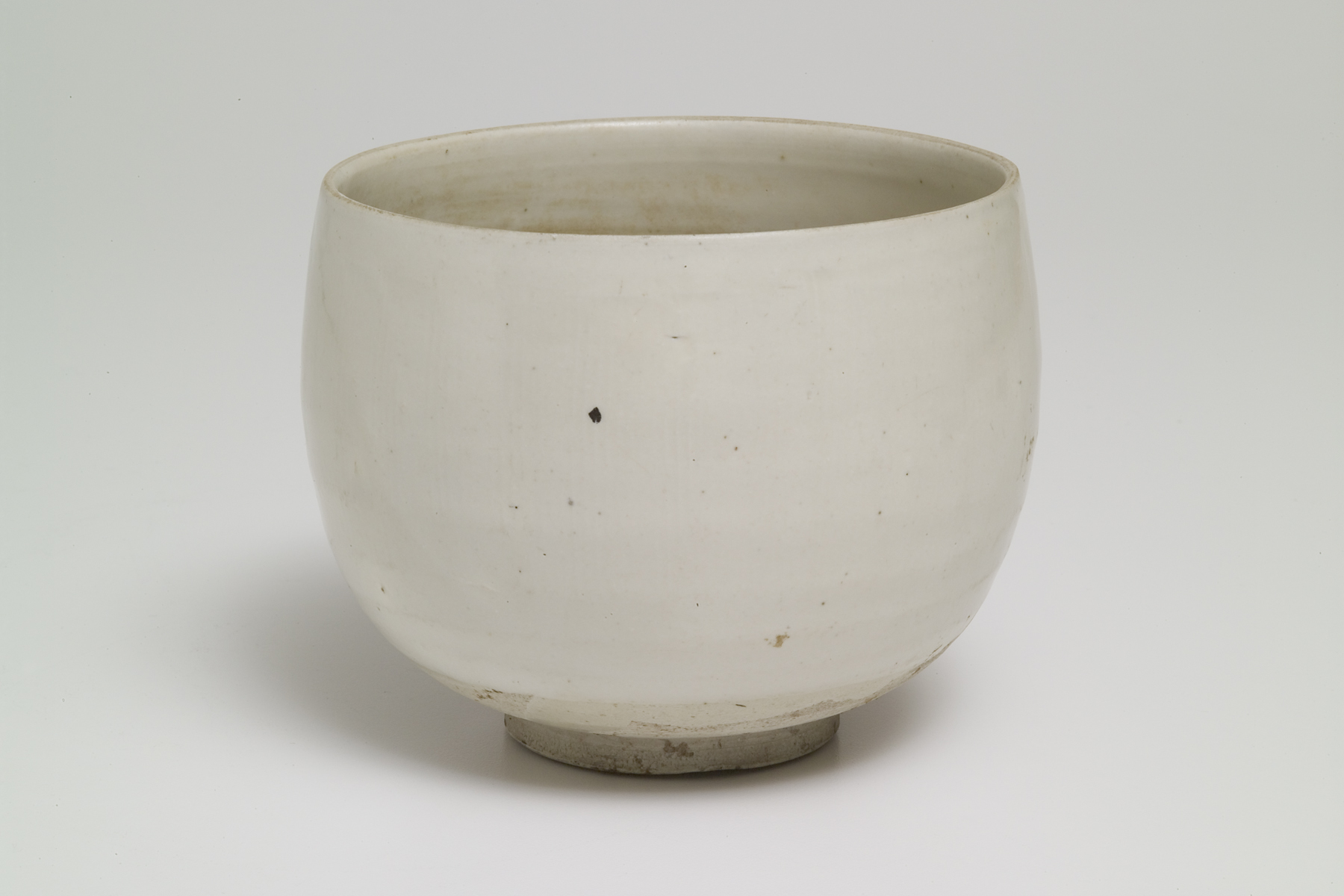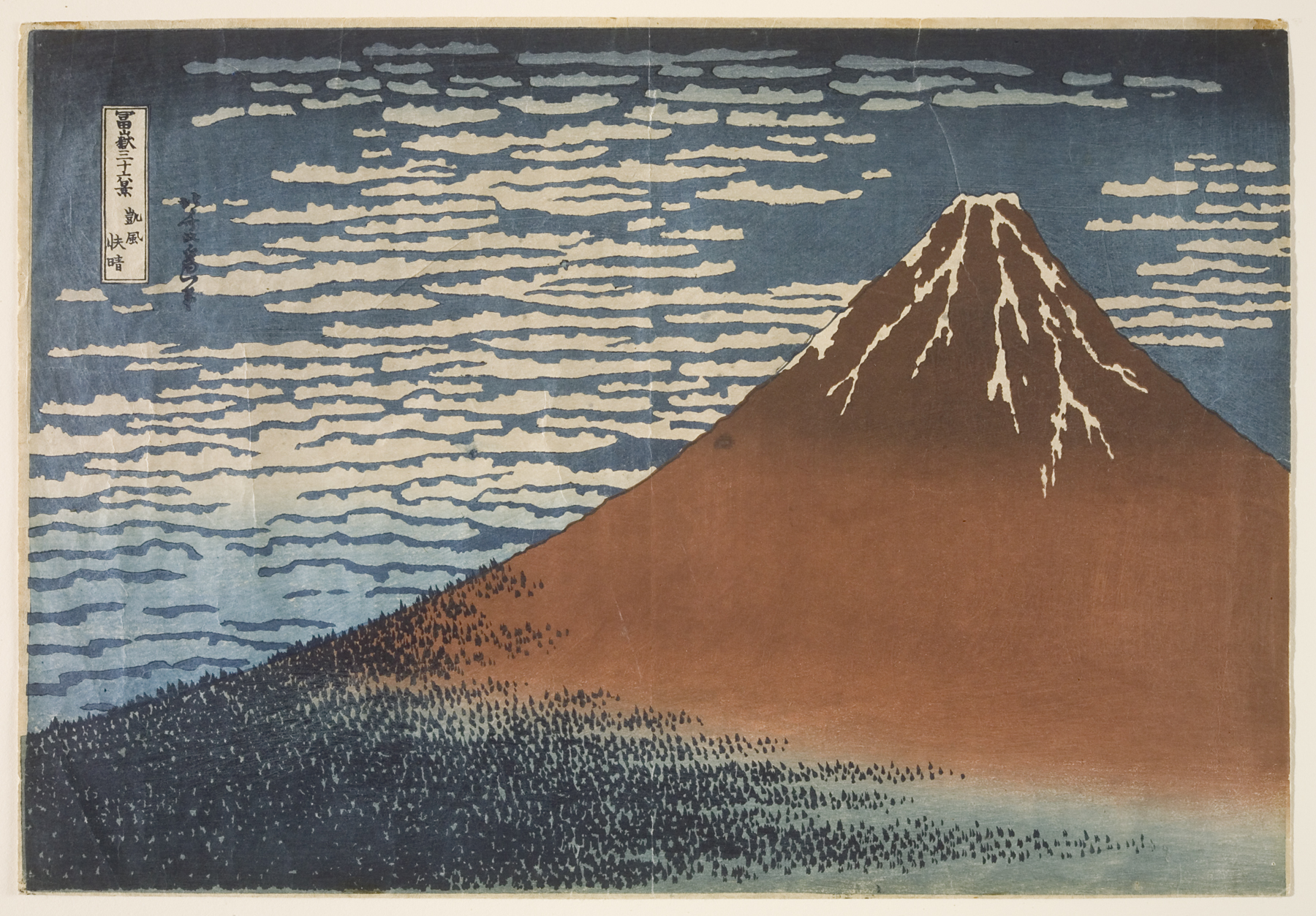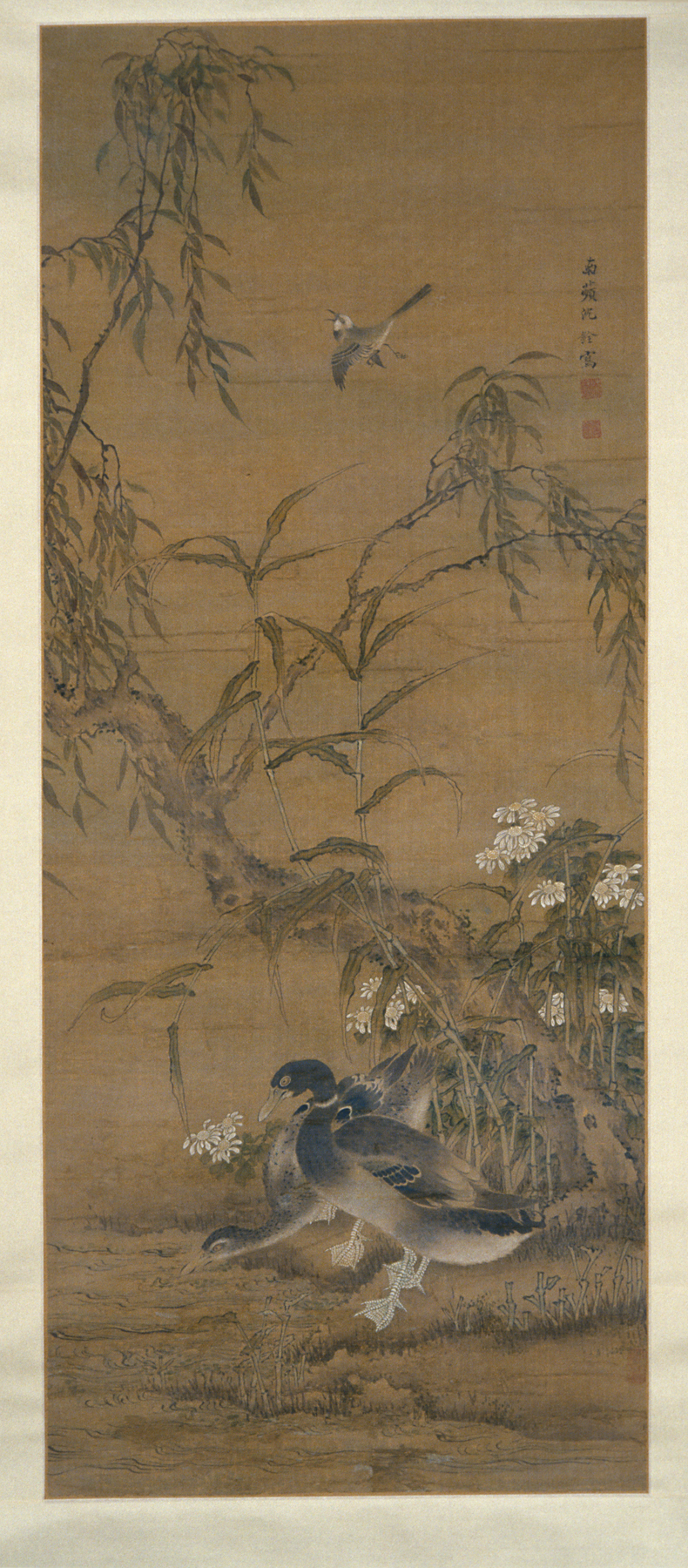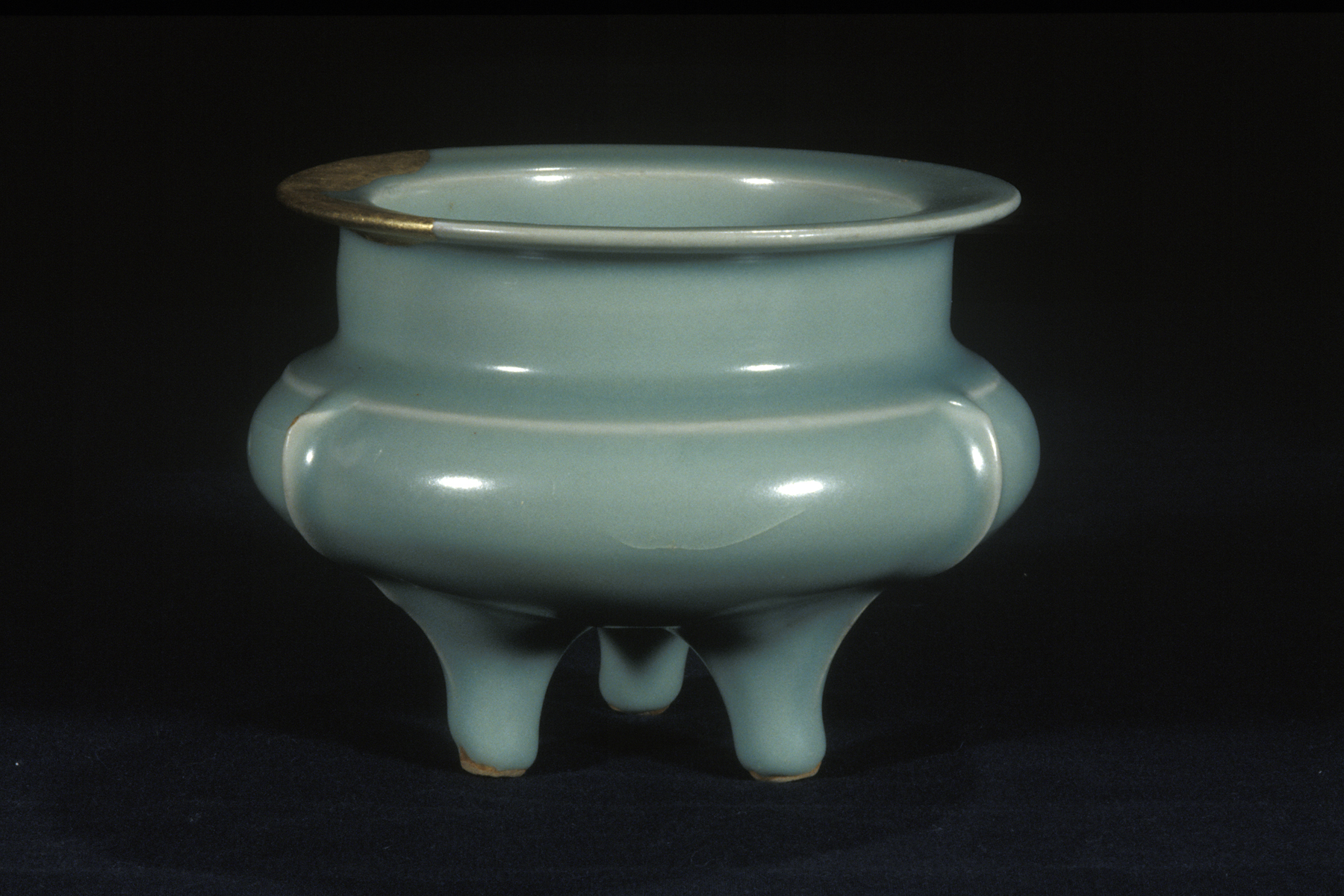Brosseau Center for Learning: The Visual Arts of East Asia
Exhibition
Exhibition Overview

Brosseau Center for Learning: The Visual Arts of East Asia
March 6, 2018–April 1, 2018
Gallery 318, The Jack and Lavon Brosseau Center for Learning, Spencer Museum of Art, University of Kansas, Lawrence, Kansas
Selections for Ruiying Gao's HA 166 The Visual Arts of East Asia.
Works of art
Utagawa Hiroshige
#18 Okitsu tago no ura Kiyomigasaki (Tago Bay and Kiyomigaseki, Near Okitsu),
circa 1844, Edo period (1600–1868)
vase with lotus flowers,
late 1200s–1300s, Goryeo dynasty (918–1392)
chawan 茶碗 (tea bowl),
1800, Edo period (1600–1868)
Maebyeong (Prunus Vase),
1400s–1500s, Joseon dynasty (1392–1910)
Kundika (water vessel),
circa 1100s, Goryeo dynasty (918–1392)
bowl,
1100s, Song dynasty (960–1279)
vase,
1600s, Ming dynasty (1368–1644)
bowl,
1000s–1100s, Song dynasty (960–1279)
Suzuki Harunobu
courtesan offering a pipe to Bodhidharma,
1765, Edo period (1600–1868)
Katsushika Hokusai
凱風快晴 (The South Wind brings Fine Weather),
circa 1831, Edo period (1600–1868)
Kitagawa Utamaro
Women Boating by the Ryōgoku Bridge on Sumida River,
early 1800s, Edo period (1600–1868)
Wang Jian
Landscape after Zhao Mengfu,
1662, Qing dynasty (1644–1911)
Wang Nangai
Landscape after Mi Fu,
late 1700s–early 1800s, Qing dynasty (1644–1911)
Matsumura Goshun
The Red Cliff,
late 1700s–early 1800s, Edo period (1600–1868)
tea bowl,
circa 1000, Song dynasty (960–1279)
Tani Bunchō; Su Shi
Bamboo,
1810, Edo period (1600–1868)
Hu Yukun
Mountain Landscape,
1681, Qing dynasty (1644–1911)
Shen Quan
Ducks in an Autumn Scene,
1725–1760, Qing dynasty (1644–1911)
Shaka Triad with Sixteen Deities,
1800s, Edo period (1600–1868) or Meiji period
tripod censer,
1200s, Southern Song dynasty (1127–1279)
Watanabe Gentai
武陵桃源 Buryô tôgen (Wuling’s Peach Blossom Spring),
late 1700s–early 1800s, Edo period (1600–1868)
Shakyamuni with Ananda and Kashyapa,
1200s, Goryeo dynasty (918–1392)
lidded bowl on stand with Cintāmani handle,
1500s, Joseon dynasty (1392–1910)


